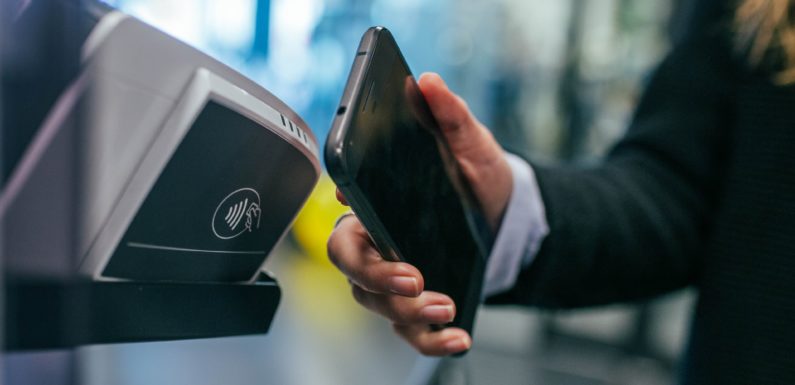
Shopping is substantially different from the way it was a few decades ago, and not just because of the more extensive selection of available merchandise. Technology is now a firm part of shopping experiences, whether people buy online or in stores.
1. Ensuring People Don’t Miss Out on Complementing Items
Amazon is famous for its recommendation engine, which suggests things people should buy based on past visits to the site. Data suggests that up to 35 percent of Amazon’s sales come from that recommendation engine.
Amazon doesn’t reveal the secrets behind its recommendation algorithm, but the most likely reason it’s so successful is that the technology works when people already have their wallets open, ready to enter their credit card numbers. Adding something extra doesn’t seem like a big move.
A company called MLveda also made a recommendation engine for Shopify-powered online stores so that other merchants can test out manual or automated recommendations on their target audience.
2. Reducing the Steps People Have to Go Through to Buy Groceries
Retailers have tried to cut down on the amount of friction consumers encounter by redesigning their store layouts, making signage easier to understand and taking other steps to make the shopping experience more pleasant.
Merchants in the grocery realm help people shop for necessities without leaving home. Services like Peapod and Instacart encourage people to fill up their carts by clicking links for the items they want to buy.
A worldwide poll says that while people are warming up to the idea of online grocery shopping, they still prefer in-person shopping. However, a quarter of people around the world shop online for groceries now, and 55 percent say they’d try it in the future.
Then, there’s the AmazonFresh Pickup service, which is like a drive-through for grocery shoppers. People select items online, then come to the drive-through to receive their products — all bagged up and ready to take home. This trend illustrates how brands want to cater to people who need to buy groceries but don’t want to disrupt their busy lives too much — or maybe even leave their home — to get them.
3. Helping Shoppers Get Their Groceries Without Waiting for Cashiers
It’s frustrating to have a cart full of products you want to buy and then have to wait 10-15 minutes to pay for them, but that’s what can happen if you’re at a store during a busy day and there aren’t enough cashiers to handle the demand.
People are accustomed to self-checkout machines that let shoppers scan their own items. However, some companies are trying to make that process even more convenient. Panasonic, for instance, showed off an improved self-checkout scanner that detects the items inside a shopping basket with help from electronic tags. The design of the basket also saves time because the bottom drops out and puts the goods into a bag while a person pays.
4. Providing Convenience to Businesses and Customers
Most retail stores get new merchandise every season or more often and use signs to promote it and spread the word about sales. Recently, stores have started depending on digital signs to better engage their customers.
The dynamic images of digital signs make it possible to highlight limited-time offers and program the signs to show off the latest content.
Digital signs meet the needs of particular kinds of customers too. For example, a shop that caters to tourists might have a digital sign advertising upcoming events in the area — plus items to help guests enjoy those experiences even more.
Furthermore, a quick-service restaurant could use digital signage to speedily update its menu board and use attention-getting display tactics to call attention to things like allergens or money-saving combo offers. Also, many digital signs have LED backlights, which are energy-saving and extra-bright.
5. Optimizing Customer Engagement Via Smartphones
Research collected by Google found that 42 percent of respondents use their smartphones for information while shopping in stores. Most of them find what they need to know through search engines, but others go to retailers’ websites, whether related to the store they’re in or another one in the area.
Many stores offer free Wi-Fi but require users to provide their names and email addresses first. Once retailers have those details, they can use the information to reach out to shoppers and tell them about sales or in-store events, such as demonstrations.
Since consumers often struggle to find their way around stores they don’t know well, an in-store shopping experience on an app might include an interactive map that updates as people move around. Then, they don’t have to look for sales associates to get advice about where to find certain items.
If smartphone users have geolocation technology activated on their smartphones, nearby merchants can show them advertising that might urge them to stop in the store and see what’s for sale instead of just strolling by it while walking around a city.
Technology Has Forever Changed the Retail Sector
This list highlights some of the most substantial changes technology has brought about for shoppers. As innovations continue to occur and retailers look for ways to attract customers, we’ll see even more high-tech advancements come to stores.

